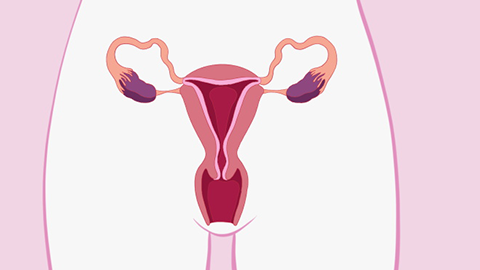Is a uterus the same as a normal uterus after surgery for septate uterus?
Generally, after surgery for a septate uterus, if the correction is complete, postoperative recovery is good, and there are no complications, uterine function can closely resemble that of a normal uterus. However, if the correction is incomplete, postoperative complications such as adhesions occur, or if there was severe abnormal uterine development before surgery, the uterus may differ significantly from a normal one. If in doubt, it is recommended to consult a healthcare provider early. Detailed analysis is as follows:

If minimally invasive techniques such as hysteroscopy are used to completely remove the uterine septum, and postoperative care—including infection prevention and adhesion avoidance—is properly followed according to medical advice, and follow-up examinations show good endometrial healing, normal uterine cavity shape, and no issues such as intrauterine adhesions or thin endometrium, then the uterus's reproductive and menstrual regulatory functions can largely recover. In such cases, differences from a normal uterus are minimal, allowing for normal conception and pregnancy.
If the septum is not completely removed during surgery, or improper postoperative care leads to intrauterine adhesions or endometrial damage—resulting in reduced menstrual flow or decreased endometrial receptivity—or if other congenital uterine abnormalities were present prior to surgery, the postoperative uterine structure and function may fail to reach the level of a normal uterus. This may increase risks of infertility, miscarriage, preterm birth, and result in noticeable differences compared with a normal uterus.
After septate uterus surgery, patients should take medications as prescribed to promote endometrial repair and undergo regular follow-up ultrasounds or hysteroscopies every 3–6 months. During recovery, strenuous exercise should be avoided and personal hygiene maintained to reduce the risk of infection.




